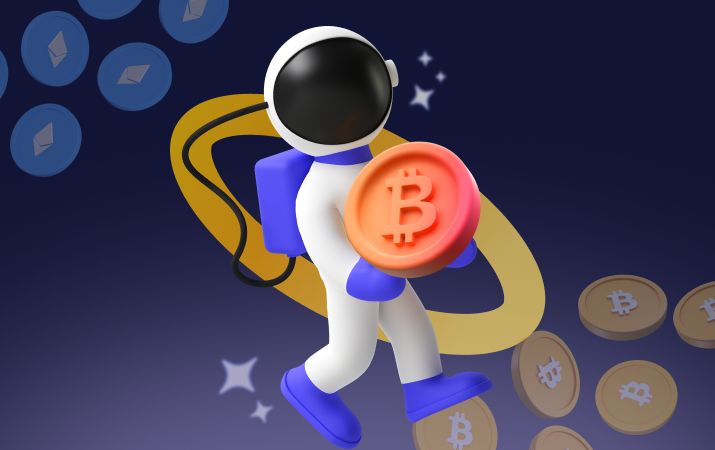Welcome to the fascinating world of GPT and ChatGPT! These technologies are revolutionizing the way we interact with artificial intelligence, offering varied and innovative applications. This article will guide you through their features, uses and future impact.
Understanding how GPT and ChatGPT work is essential for anyone interested in artificial intelligence, whether for professional or personal applications. They represent a giant step forward in our quest for more integrated and useful AI in everyday life. How does GPT work?
Understanding GPT and ChatGPT
GPT
GPT (Generative Pre-trained Transformer) is a machine learning model that generates text based on supplied instructions or input data. It can compose texts, answer questions and even create coherent, context-sensitive content.
ChatGPT
ChatGPT is a GPT-specific application designed to simulate realistic conversations with users. Using GPT's language model, ChatGPT can understand and answer questions in a natural way, delivering an impressive interactive experience.
The differences between ChatGPT and GPT
Although ChatGPT is based on GPT, its specialization in conversational interactions sets it apart. GPT, in general, has a broader scope and can be used for a variety of text generation tasks, while ChatGPT is optimized for dialog.
How does GPT work?
How does it work?
GPT learns from a vast corpus of text to generate responses. It analyzes linguistic patterns and adapts to given contexts, enabling it to produce relevant and diverse texts.
The technology behind
At the heart of GPT is a transform neural network, an architecture designed to process data sequentially with great efficiency. This technology enables GPT to analyze and understand human language at an advanced level.
GPT usage
How does GPT work and how can I use it? GPT can be used in a variety of applications, including copywriting, content creation, language translation and more. To use GPT, you generally provide a prompt or text input, and the template generates a response or relevant continuation of the text.
- Content authoring: GPT can generate articles, stories, scripts and more.
- Conversational assistance: Used in chatbots to provide convincing answers.
- Translation: Able to translate text between different languages.
Tips and advice:
- Clarify your prompt: Clear instructions produce more precise answers.
- Iteration: Don't settle for the first answer; iterate to improve quality.
- Customization: adapt generation parameters to achieve the tone and style you want.
Pros and cons
The positive aspects:
- Versatility: GPT can handle a wide variety of text-based tasks.
- User-friendly: Accessible even to non-AI experts.
- Continuous improvement: Models are regularly updated to improve their performance.
The limits:
- Dependence on initial context: Output quality is highly dependent on the input provided.
- Costs: Using advanced models can be costly.
- Lack of human creativity: Although GPT is a powerful tool, it's no substitute for human creativity and judgment.
Different models
Template types: GPT is available in several versions, each offering improvements in terms of comprehension and text generation. Users can choose from GPT-2, GPT-3, and other variants according to their specific needs.
- GPT-2 vs GPT-3: GPT-3 offers far greater processing capacity than GPT-2.
- Specific fields: Some models are trained to excel in specific fields.
Choosing the right model:
The choice of model depends on the application and the resources available. GPT-3, being the most advanced, is suitable for applications requiring deep language understanding and sophisticated text generation, while GPT-2 may suffice for more basic tasks.
Free version vs. paid version
What you get for free: The free version of GPT offers limited but significant access to the model's capabilities, enabling users to experiment with it for simple tasks.
- Accessibility: Ideal for users wishing to discover basic functions.
- Limitations: Restrictions on the volume of text that can be generated and the level of access to advanced features.
Why opt for the paid version: The paid version unlocks GPT's full potential, offering extended capabilities and enhanced support.
- Advanced features: Access to more advanced options and enhanced performance.
- Support: Better assistance and regular updates.
Capabilities
What GPT can do: GPT is extremely versatile, capable of generating text in a variety of contexts and styles, meeting a multitude of needs.
- Creative and analytical writing: Produces texts in a wide range of genres.
- User interaction: Able to maintain relevant, interactive dialogues.
Each section is developed by focusing on the main query "how GPT works", while providing useful and contextually relevant information that draws on specific details and illustrative examples.
Future
The future of GPT: Exploring GPT's future prospects helps to understand how its evolutions will impact various sectors and applications. Ongoing advances in AI promise to increase GPT's accuracy, responsiveness and applicability in even broader contexts.
- Technological innovations: Expectations for improved machine learning and data analysis.
- Sector integration: Expansion potential in areas such as education, healthcare and the creative industry.
Expected developments: GPT's development trajectory suggests an increase in its cognitive capabilities and a better understanding of natural language, facilitating more complex and personalized interactions.
- Customization: Improved adaptability to specific user needs.
- Ethics and regulation: Developing frameworks for responsible use.
Conclusion
By summarizing the various aspects of GPT explored in this article, we gain a better understanding of how this powerful technology works and its many applications. From user interaction to its future potential, from its advantages to its limitations, GPT is proving to be a transformational tool in the field of artificial intelligence.
Summary: We've looked at the foundations, uses, benefits and challenges of GPT, as well as the future prospects for this technology.
Encourage action or discussion: As GPT continues to evolve, it's essential to stay informed and participate in discussions about its future impact. Get involved in the community, explore its applications and help shape the future of artificial intelligence.
In short, GPT is a vector of innovation and a catalyst for change, opening up new avenues for human-machine interaction and content creation. Its future, rich in promise, will depend on how we adopt it and adapt it to our needs.
FAQ
How does GPT generate text?
GPT uses a transform model pre-trained on a large corpus of text to generate responses based on input data. It predicts the next word in a sequence based on previous words.
What makes GPT different from ChatGPT?
GPT is a general text generation model, while ChatGPT is optimized specifically for conversational interactions, capable of providing contextual responses in a dialog format.
Can GPT learn new information?
GPT does not learn in real time; it generates responses based on the corpus of data on which it has been trained. However, updated versions of GPT can incorporate new information.
Is GPT reliable for critical tasks?
Although GPT is a powerful tool, it can generate inaccurate answers. We recommend checking its output, especially for critical applications.
How can I keep up to date with GPT developments?
Following OpenAI publications, case studies and online communities can help keep you up to date with the latest GPT advances and applications.







